Top speed 200 km/h | Wingspan 6.9 m | |
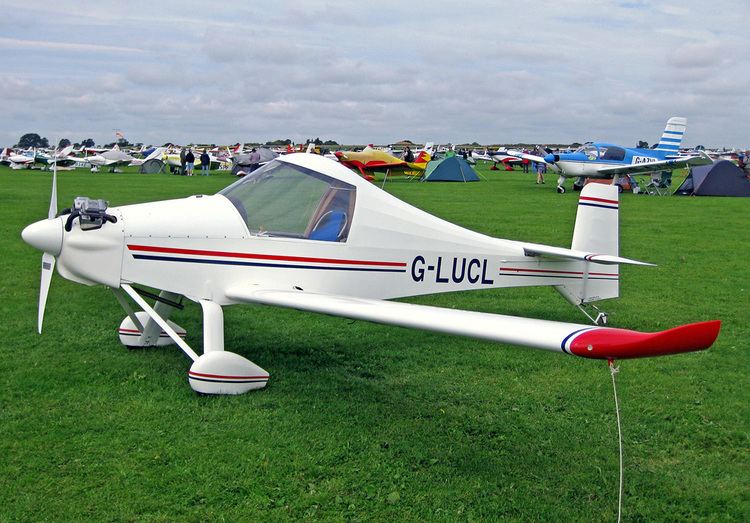 | ||
Inside the Colomban plane MC30 Luciole 114
The Colomban MC-30 Luciole (English: Firefly) is an ultra-lightweight plans-built single-seat low-wing tail-dragger monoplane, designed by the French aeronautical engineer, Michel Colomban, creator of the tiny single-seat Colomban Cri-cri twin-engined aircraft and the MC-100 Ban-Bi two-seat aircraft.
Contents
- Inside the Colomban plane MC30 Luciole 114
- Design and development
- Operational history
- Variants
- Specifications MC 30
- References
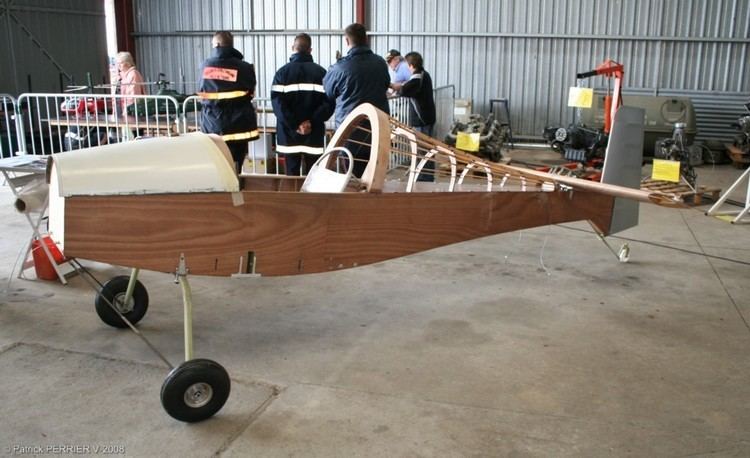
Design and development

The Luciole is extremely light, weighing 97 kg (214 lb) empty. It has mixed construction of wood, plywood, metal, foam and glass reinforced plastic. The cantilevered wings have foam ribs with a 1mm plywood skin, sheathed in a thin layer of resin-bonded glass tissue. The Luciole is fitted with a V-Twin Briggs & Stratton four-stroke petrol engine directly driving a 2-bladed Arplast EcoProp 1.16 m (3.8 ft) diameter ground-adjustable propeller. The aircraft is very economical, consuming only 4.5 litres/hour at 150 km/h (93 mph).
Operational history
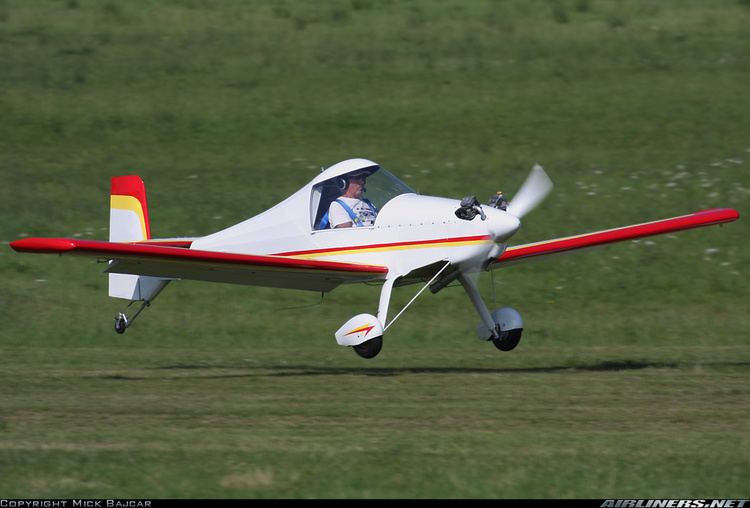
Although about seven Lucioles have been built in France, only one has been completed in the UK (and half a dozen are under construction), at least one is flying in Germany. The UK aircraft was built under the auspices of the LAA, and to date has logged some 100 hours, flying under a test permit. The Luciole is awaiting full approval from the LAA. LAA approval is required as the Luciole's wing loading of 43.5 kg/m² is too high to benefit from new UK SSDR microlight sub-category. SSDRs (Single Seat De-Regulated) aircraft must weigh less than 115 kg (254 lb) without fuel and pilot and the wing loading must not be more than 10 kg/m²

In a flight test report, Francis Donaldson, the LAA's Chief Engineer, declared that although some design compromises were "clearly not ideal", overall he felt "very impressed with Michel Colomban's new creation", saying the aircraft "performed as claimed, was practical and fun". Donaldson's major criticism was that the elevator's GRP spring (to provide self-centering and to impart "feel") was in the cockpit and not in the tail, so that if the elevator control linkage failed, the aircraft could suffer catastrophic lack of pitch-control as "the Luciole would most likely be totally unflyable". However, Colomban has disclosed plans to "modify the system to relocate the tailplane's self-centering trim spring in the rear fuselage, attaching directly to the tailplane .... so a failure of the (linkage) would no longer be disastrous".
Variants
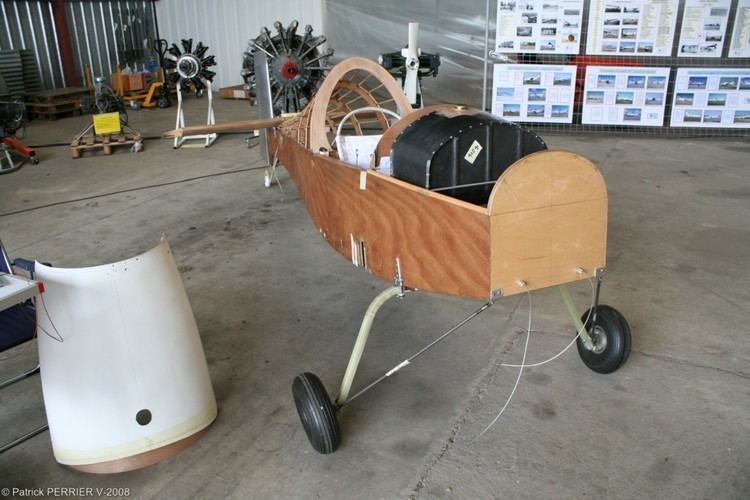
Specifications (MC-30)
Data from Light Aviation
General characteristics
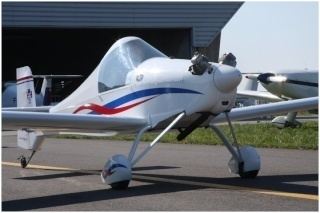
Performance
